How BMW’s color-changing cars work
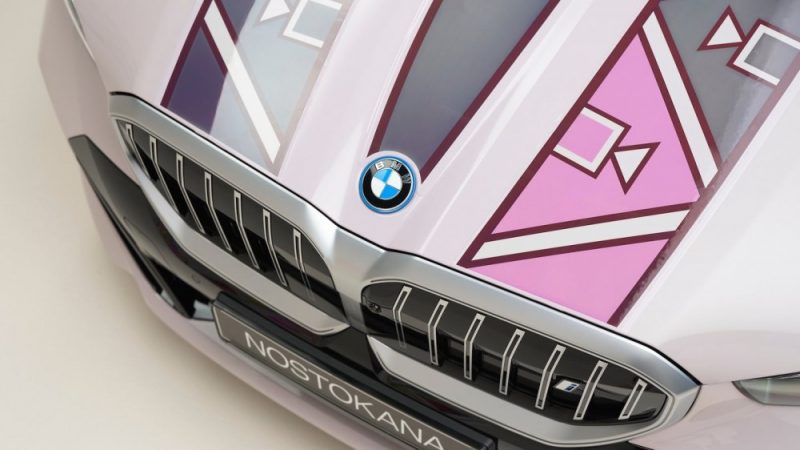
In 2022, BMW revealed an SUV with color-changing “paint” as a concept, and it created a lot of buzz. The German automaker took its knowledge of electronic ink and ramped it up a notch last month with the i5 Flow Nostokana, an art car wrapped in multicolored, electronically controlled panels.
Distinguished South African artist Esther Mahlangu inspired the i5 Flow Nostokana with her Ndbele designs, typically found in South African provinces Limpopo and Mpumalanga. More than three decades ago, Mahlangu painted her art directly on an all-white 525i, and BMW engineer Stella Clarke never forgot how it looked. It inspired Clarke to put together color-changing panels with Mahlangu’s art for one unforgettable vehicle.
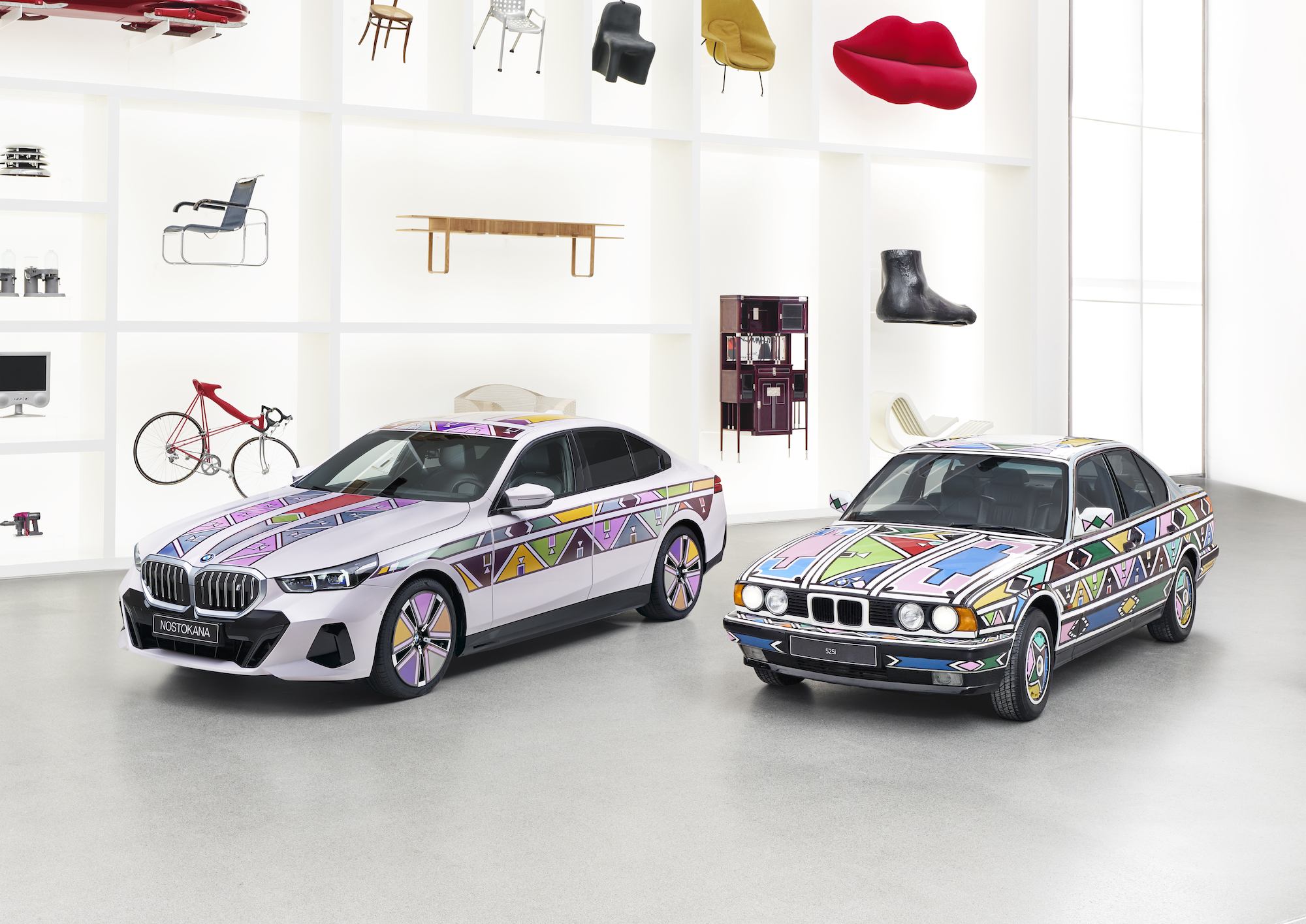
Cars that change color
Electronic ink offers more than just the whiz-bang of rippling color changes on a car. Sure, the possibility exists for drivers to choose the color of the car’s exterior. However, it can also be used to display information on the exterior of the car (think tire pressure or battery levels, for example) or even as a location aid. Imagine, for instance, you can’t find your car in a crowded parking lot. With an app, you could signal the car to flash so you can find it, a better option than flashing the headlamps alone, especially if you’re not within range.
BMW’s Stella Clarke played a critical role in bringing e-ink technology to the automaker, leading the application of e-ink panels to an all-electric iX crossover. About a year ago, Clarke attached some e-ink panels to the outside of a car to showcase the technology internally, and BMW executives were “seriously excited,” she says. There were challenges to overcome, including making the inflexible e-ink-carrying polyethylene terephthalate (PET, as in plastic bottles) sheets wrap around complex curves.
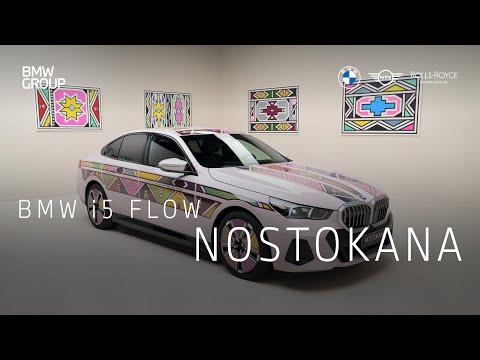
The result was a special project called iX Flow, which was unveiled at the massive Consumer Electronics Show in 2022. Shimmering in white and black, the iX Flow showed how the exterior could change with the touch of a button. It’s easy to imagine the iX Flow in a sci-fi action movie, evading the bad guys by flipping the color.
1,349 e-ink panels, all with color-changing capabilities
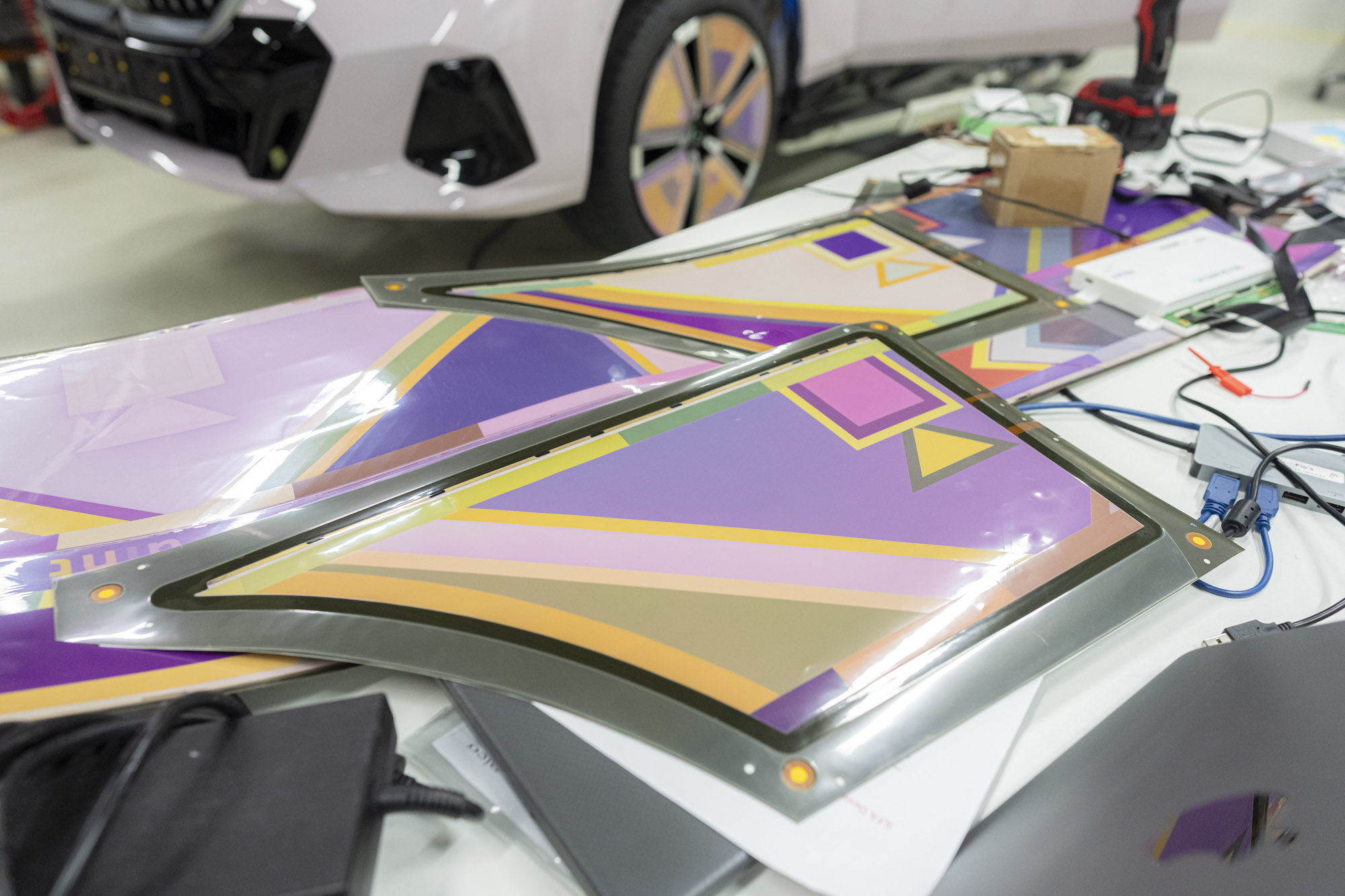
Clarke studied mechatronics at the University of New South Wales, then went to Pennsylvania State University on a scholarship. She followed with a research doctorate (Telecontrol of Robots with Haptic Input Devices) at the Technical University of Munich. As reported by Australian Financial Review magazine, Clarke pulled apart her Kindle e-reader one day, and started to wonder if the same technology–e-ink–could be used in a car’s interior.
She received a grant from BMW to find out.
The first thing she noticed was that e-readers (like a Kindle) are rectangular, as are the e-ink panels. Adhering and shaping 1,349 sections of film to the curved surface of a car was challenging, Clarke says, requiring “origami” and laser cutting for a form fit. They don’t stretch, and they’re not malleable.
“It took us a long time to figure out how to get them flexible and [fastened] on the car,” she remembers.
Taiwan-based company E Ink, which provides the technology for its ePaper film, brings together the chemistry, physics, and electronics together using a process called electrophoresis. Each piece of electrophoretic film contains several million microcapsules that are the diameter of a human hair. Each capsule contains differently charged white, black, or colored particles that become visible when an electric field is applied. It’s like color-changing paper, Clarke says.
Each panel needs an electrical signal from a controller, which sends out the voltages that will lead to a certain color. The nice thing about the film panels is that they are bistable, Clarke explains; they require only about 20 watts, and don’t need additional energy to hold a color once the voltage is applied.
BMW in-house makers
Currently, all of the controllers that send the signals to the e-ink panels are built in-house by BMW, all custom work.
“We are a group of makers,” Clarke says. “It’s a dream. It’s such a cool project.”
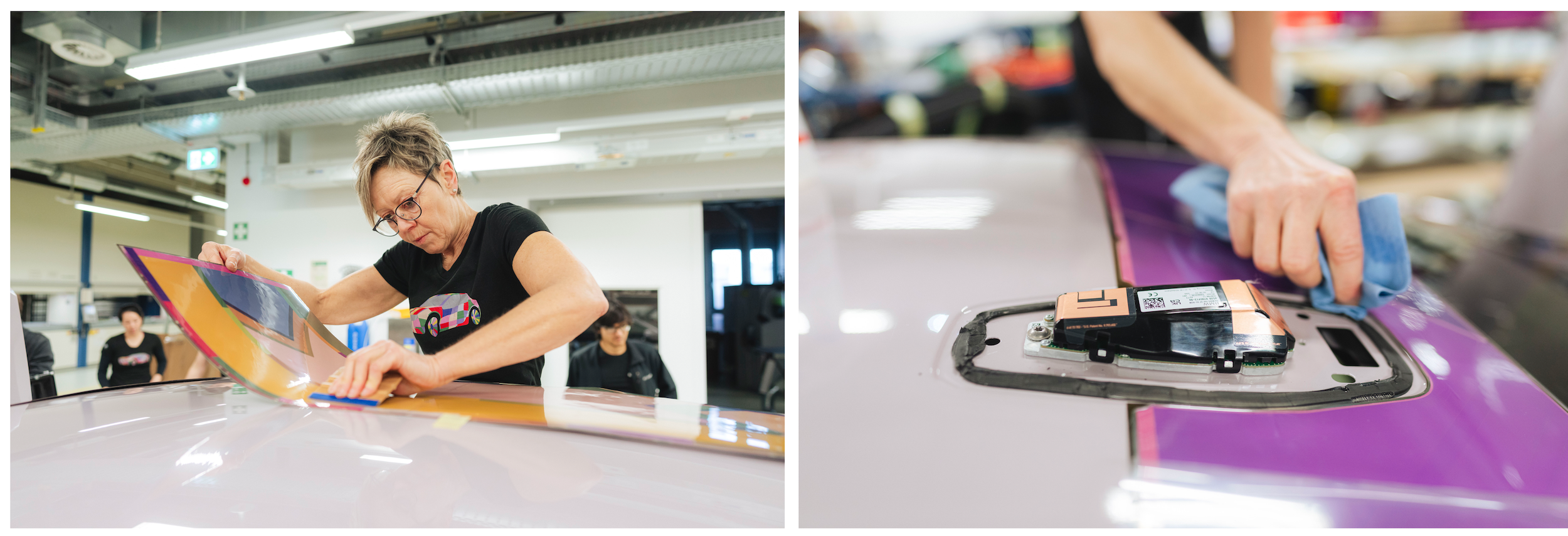
The engineer can see color-changing cars going mainstream; the benefit of bistability is enough to warrant it going further, she says. And the team has learned a lot since the first e-ink project, which Clarke describes as “very much prototype-y.” Previously, they spent their time creating with less planning. For this 2024 project, Clarke estimates they allocated three full-time engineers who planned and discussed how to make it for about four months, and then spent two months putting it all together.
It has been a revelation for Clarke, who is an engineer at heart and saw the intersection of engineering and art to create something unique and beautiful. Getting a major automaker to buy into a project that would eat up the time of its engineers could have been a tough sell, but Clarke saw the potential.
“Getting innovation through is not always easy, and it’s often met with skepticism,” Clarke emphasized. “Don’t give up on your ideas.”










